With this article I welcomed readers of the first Status Magazine published in Polish, as a local addition to the issue. And I’m happy to share it with you now – I believe you will find a part of your own local history in it.
The moment of publishing Status in Polish is meaningful, as it supports the thesis of what at what point are we. Polish improvisers started travelling, performing and teaching at international festivals, as well as teachers from abroad started teaching in Poland. We are not a white spot on the map anymore. We are aware of what’s going on in improv world, and we are a part of it. So this is where we’re at.
But what was the starting point of the road that led us here? I’d like to take a look at Polish improv as a constantly evolving phenomenon. 15 years is not much in the world history of improv, but enough to put it into perspective. We talked with Joe Bill (USA) in my Kreatura podcast, that, in fact, international improv festivals started to happen around year 2000. Also, in some other countries improv happened later – in other words, we were not that late fot this party.
I divided our improv history into three phases – and each of them brings artistic, organizational and mental consequences. I’ll spare you names, I’m sure you can find examples from your own backyard.
If that was a board game, these would be cards of eras.
PHASE I: GARAGE (Around 2000-2010)
Main characteristics: We are college and high school students who either do theater, cabaret, or go to Theater Studies. We play Shakespeare, write sketches, pass exams and get some first info about improv. Exchange with the USA, Viola Spolin’s or Keith Johnestone’s book, or Whose Line is it Anyway on the Internet. But we have no improv teachers, we have noone to look up to. We form first groups with friends, and discover the rules as we play. Our improv is homemade.
Organizational features: As creative groups we connect to institutions, theaters, universities, we play in clubs, at universities and students’ events.
Artistic features: We love to play short forms and organize improv matches. We fill the halls with audience and have no idea what we’re doing or why it works. We start to experiment with our first original, narrative forms, worried that noone would want to watch it. We go big for this ambitious form because we don’t know yet that there is a whole spectrum of possibilites between games, and narrative long form played by dozen people. Wandering like children in the fog, as we say in Polish, but with courage, we invent the long forms (hey, we don’t know yet that it’s all been invented already), we find our unique voice, instead of copying the styles of other groups or countries. And although it all takes longer and these formats have long been classics in the big world, we learn the process ourselves and there is a great value in it.
Mental traits: Great love for the art form and for the group, a sense of belonging and discovering something important for us. The first information about the existence of other groups in other parts of the country is received with mistrust.
PHASE II: MIGRATION (Around 2010-2015)
General characteristics: Improv begins to be noticed, and the improvisers begin to notice each other and invite others to play together. Improv appears at theater and comedy festivals. We appear on television a few times, there is even an attempt to adapt Whose Line is it Anyway, but without success. There are first festivals dedicated to impro. The first groups fall apart, transform and we discover that a group is not a marriage and we can engage in more than one project. Even with people from different cities!
Organizational features: We leave the garage, we take improv seriously, we have social media, graphic identification, we earn money, we start our schools, the second generation of improvisers rises. Here comes the time, when can’t know evey person at the improv festiwal anymore.
Artistic Features: Groups begin to get to know each other and inspire each other. We discuss topics like copyrights to formats, artistic visions, what is improvisation and what is not, and whether there is any One True Improv.
Mental traits: Building group’s and individual identity, especially after group breakups. Opening up to different perspectives and possibilities of collaboration, but also attempts to stabilize.
PHASE III: INTERNATIONAL (Around 2015 – till now)
General characteristics: In this phase, the entire learning process accelerates, we have our professional Polish trainers, but we invite trainers from abroad. We start to go to international festivals and intensives, perform and teach there. We have representatives in European organizations like Ohana and The Sin. It’s impossible to count all the gropus. The DOLi Festival takes place at the Academy of Theater Arts, which allows us to believe that the world of theater is beginning to treat impro as an art form.
Organizational features: Professionalization. Professional improvisers have their own companies and make a living with that, new improvisers immediately create well-thought-out content in social media and have their own visions.
Artistic features: It goes both ways – either in the spirit of eclecticism we try all forms and schools, or we give in to fashion and cherish Harold or Slow Impro and this is it. Groups with longer experience have already established their characters, but you can see students copying their trainers, instead of adapting their teaching to themselves.
Mental traits: Overcoming the fear of playing in a foreign language, using our savings to travel to international festivals and learn – and believe me, it’s a big sacrifice for Polish wallet – you won’t see us spending money in bars and restaurants, but we’re wonderful companions and we have our ways on the budget.
And what will the PHASE IV bring? We shall see! Let us know what’s your experience in your country!
This article appeared in the international “Status” magazine, in July 2020 issue.

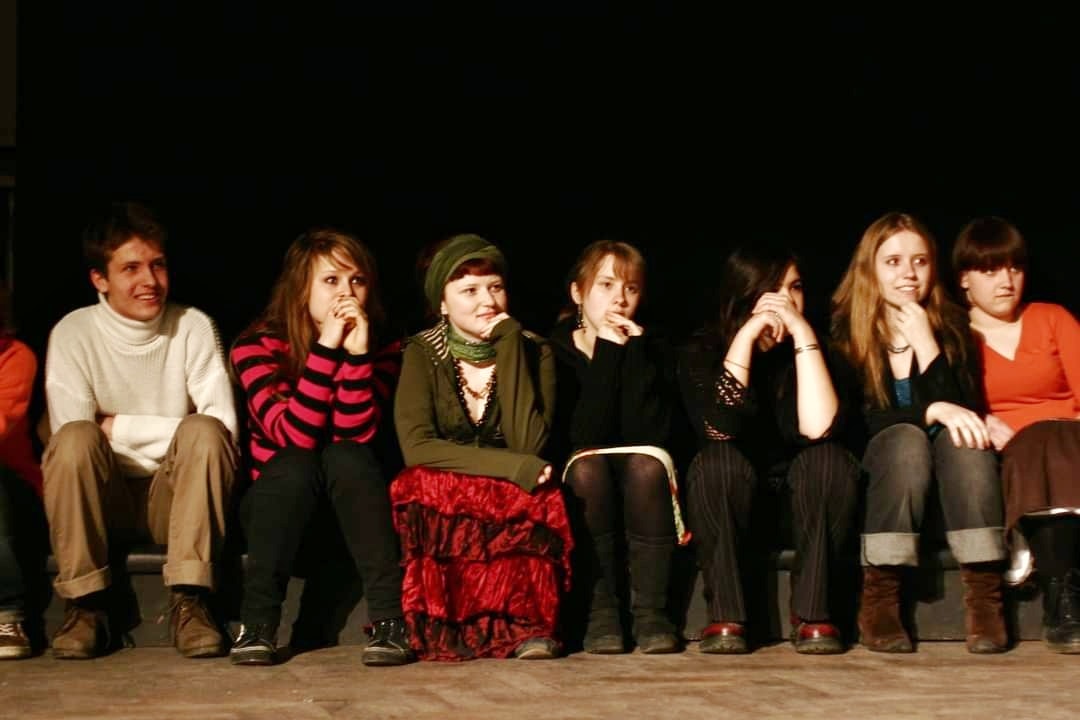
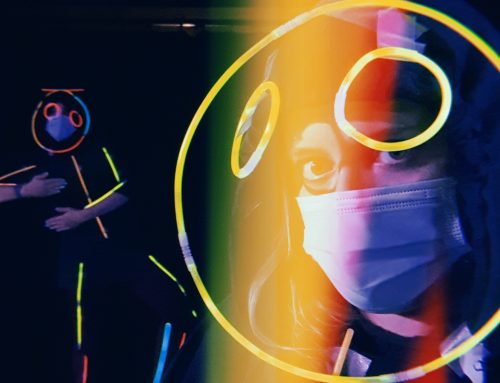
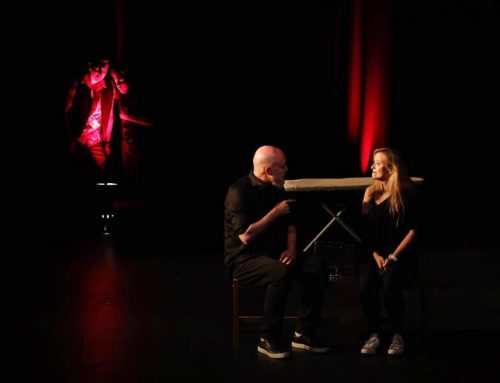
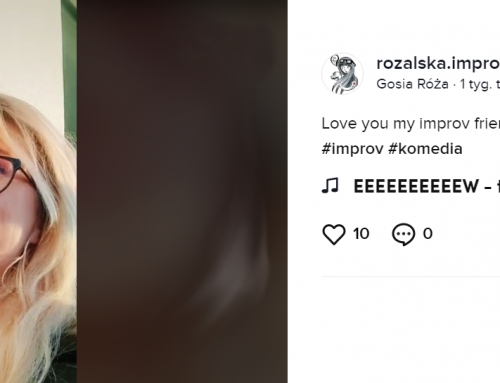
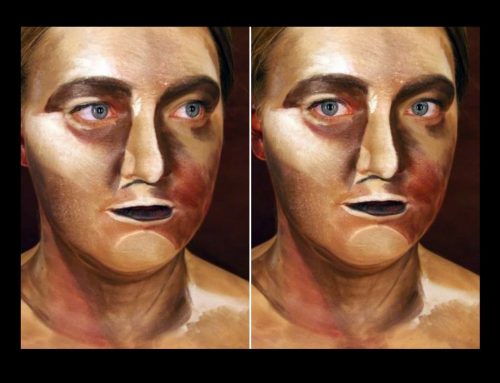
Leave A Comment